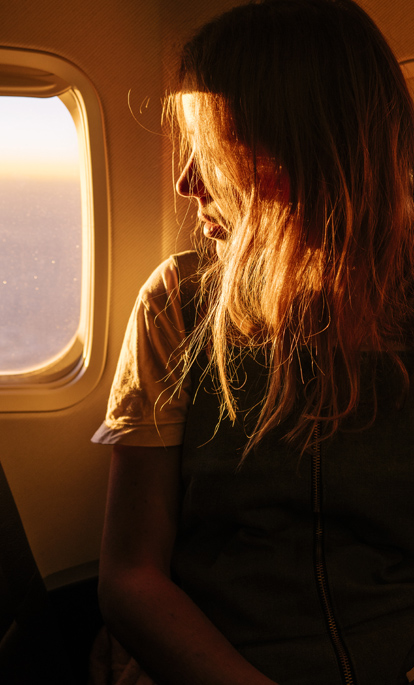
A few suggestions to get the holiday planning process started
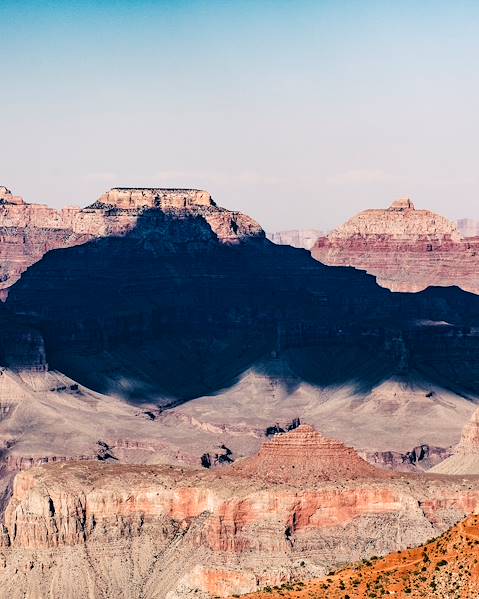
Drive through Arizona and New Mexico’s most cinematic desert landscapes
18 days, from £2610 to £4200
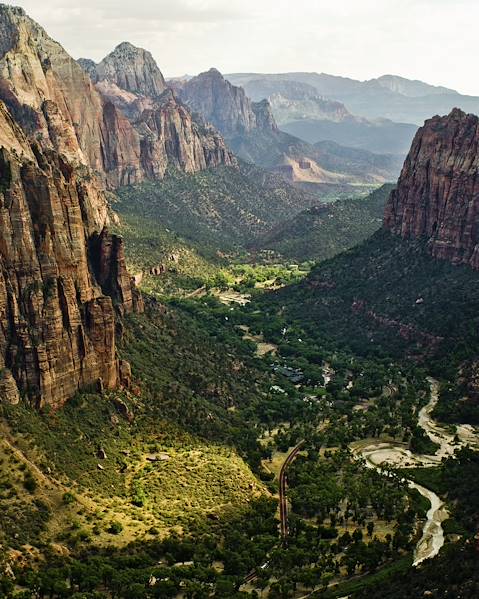
Chase thrills at Los Angeles' iconic Universal Studios
13 days, from £2655 to £3660
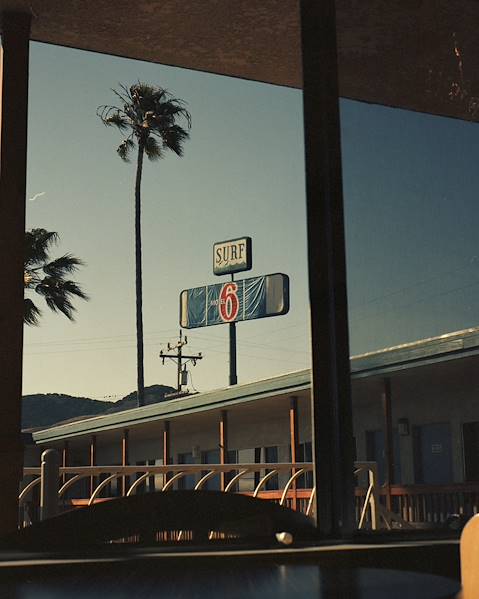
Step into Hollywood as you wander around LA before being swept up by the bright lights of Las Vegas
17 days, from £2895 to £4020
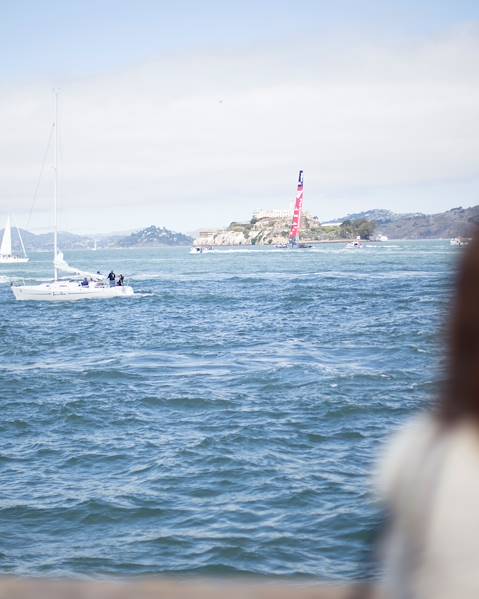
Cycle across the iconic Golden Gate Bridge in San Francisco
15 days, from £3305 to £5275
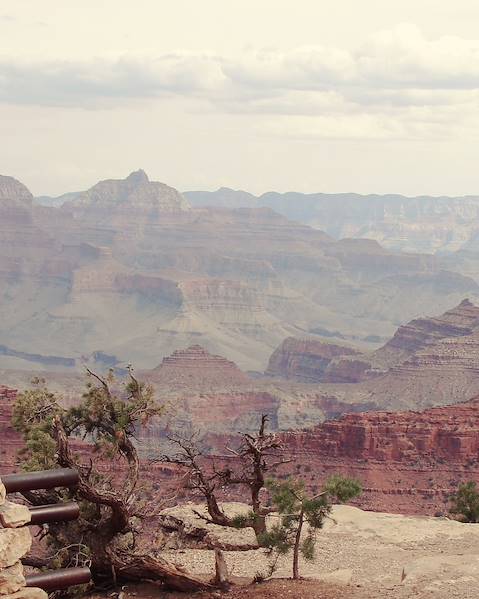
Put your poker skills to the test in a Las Vegas casino
15 days, from £3940 to £6290
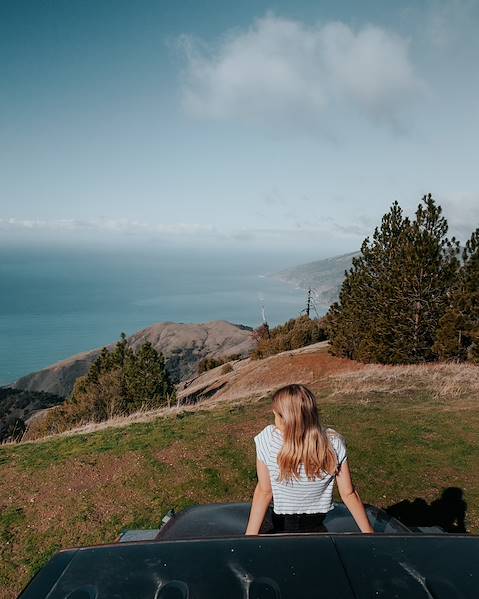
Discover San Francisco’s rich history and beautiful nature
16 days, from £4080 to £6515
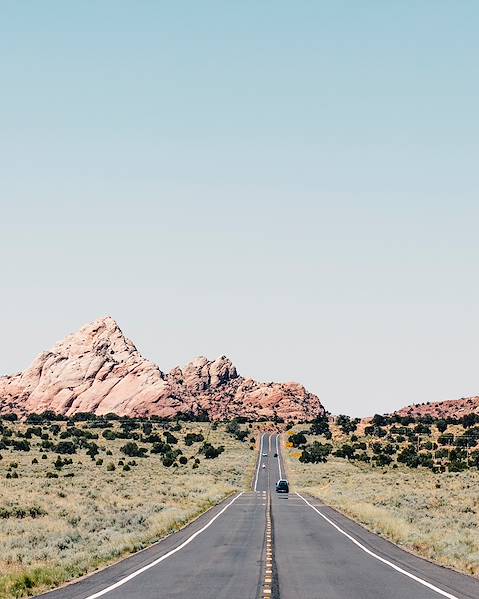
Self-drive through eight states between Chicago and LA: Illinois, Missouri, Oklahoma, Texas, New Mexico, Arizona, Nevada and California
23 days, from £4305 to £6000
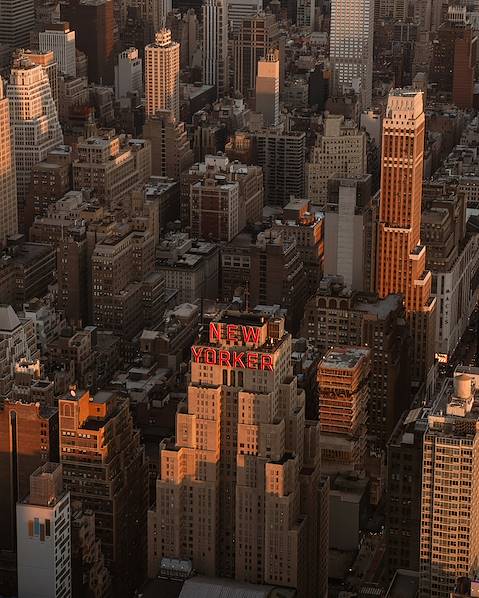
Visit three countries and three continents on an epic summer adventure
34 days, from £9800 to £13200
Practical advice and inspiration to help you prepare for your holiday
Las Vegas Grand Canyon Trips
Further to this there is a small but growing trend to use Las Vegas as a base from which to explore the natural and man-made wonders that surround the area, including the mighty Hoover Dam that started the whole enterprise. Lake Powell, the Bryce and Zion National Parks and the Grand Canyon are all within easy reach, meaning you can complement the bright lights of the city with the peace and wide open spaces of the desert on your luxury Las Vegas holiday.
Las Vegas to the Grand Canyon by Helicopter
The Grand Canyon and the Bryce and Zion National Parks can be explored in a variety of ways. For those keen to leave the gaming tables for as short a time as possible this can be done by helicopter in half a day, though typically you would spend at least a day at each, staying overnight close by.
Original Highlight
The first time you arrive in Las Vegas is the highlight – it's a riot of neon lights, fountains, casinos, and the iconic replica Paris and Luxor landmarks – all in the middle of the desert. Mind boggling.

Our team of destination experts will get to know you and your unique requirements for your holiday

We work with you to build an ultra-personalised holiday itinerary with your choice of accommodation, experiences and activities

All of our holidays include little extras designed to make a big difference to your trip, from fast-tracking you through airport check-in and security to our network of local Concierges